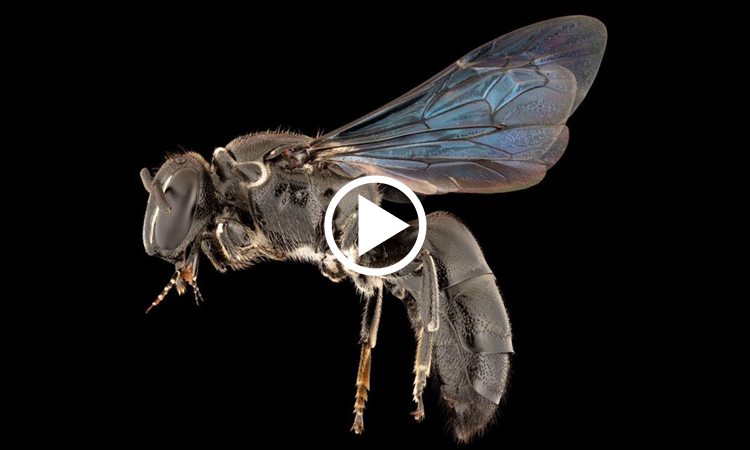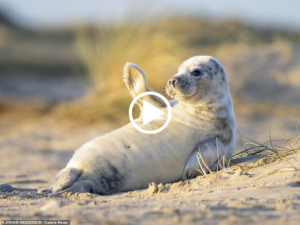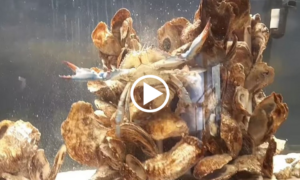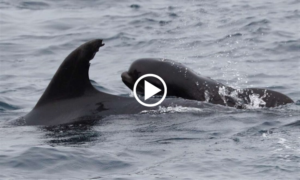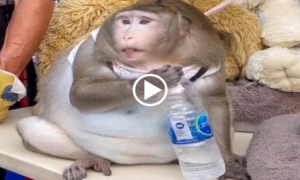Although not extinct, the native Australian bee species is still threatened by a preference for certain flowers, habitat loss and climate change.
Scientists last encountered Pharohylaeus lactiferous, the native Australian bee, in 1923. They also found only a total of 6 individuals of this species. However, large-scale research has rediscovered Pharohylaeus lactiferous in the state of Queensland, helping experts determine they are not extinct, the Independent reported on February 26. The new study is published in the journal Hymenoptera Research.
Experts at Flinders University say the lactiferous Pharohylaeus is still alive, but may be under increasing pressure to survive. “This problem is of great concern because it is the only Australian wasp of the genus Pharohylaeus and we still do not understand their biology,” says researcher James Dorey.
Dorey and her colleagues also assessed biodiversity and warned that habitat loss, fragmentation of Australian rainforests, wildfires and climate change could increase the risk of extinction for the lactiferous bee Pharohylaeus and others. invertebrates.
Australia has cleared over 40% of its forest area since the European invasion, leaving much of the remaining forest area fragmented and degraded. “My geographic analyzes of habitat destruction in two bioregions, the humid tropics of Queensland and the central Mackay coast, show how vulnerable the Queensland rainforest and lactiferous Pharohylaeus bee populations are to bushfires. . Come on, ”Dorey said.
Rare bees are also vulnerable to threats due to their preference for specific flowers that only grow around tropical or subtropical forests. “Future research should focus on understanding their biology, ecology and population genetics. If we are to understand and protect this amazing animal, we must step up conservation efforts. other initiatives, ”added Dorey.
Extremely rare half-male and half-female blue crab
Bottlenose dolphin with pilot whales
Obese monkey was forced to lose weight


